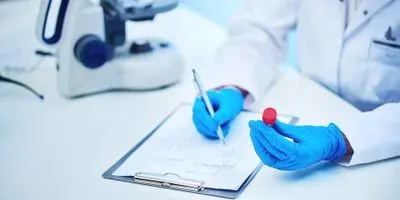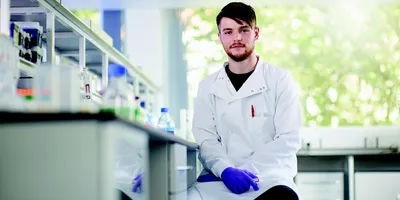BOSTON, MA — As analytical instrumentation (gas- and liquid-chromatographs coupled with mass spectrometers) increase in sensitivity and speed, forensic scientists may find themselves still hindered by the process of preparing samples (blood, urine, etc.) for analysis and seeking more efficient approaches.
In an article in WIRES Forensic Science, researchers from Boston University School of Medicine's (BUSM) Biomedical Forensic Sciences program, provide an overview of sample preparation techniques and information on routine sample types that may be encountered in forensic toxicology cases.
Forensic toxicology encompasses a large variety of scenarios including drug-facilitated crimes, understanding the role alcohol or other drugs may have played in an individuals' deaths, as well as complex poly-drug use in driving under the influence cases. As variable as the cases, so too are the composition of biological matrices in addition to how to identify drugs or other compounds in biological samples. This has provided a vast array of sample preparation approaches that scientist have in their "toolbox." "Our work highlights the variability in sample types that toxicological analysis encompasses as well as vast array of sample preparation techniques that are currently available," said corresponding author Sabra R. Botch-Jones, MS, MS, MA, assistant professor of anatomy and neurobiology at BUSM.
According to the researchers, the choice of biological matrix is dependent on the anticipated answer the toxicologist is trying to get. Is suspected drug use recent? If so, a blood or oral fluid sample may be best to assess the drugs present and how much is in the sample. In cases of driving while impaired, it is essential to obtain a sample that is appropriate to assess if the drug effected the driver's ability to operate the vehicle safely. When drugs are used, the human body will break down, or metabolize, the drug and eventually excrete it. Drugs and their metabolites may be excreted or removed from the body over a course of hours and even days. For example, if there has been a delay in obtaining a sample or reporting a crime in which drugs are suspected, a urine sample may be best. If extensive amounts of time have elapsed, a hair sample may be a viable option to determine exposure to a suspected drug or other compound.
As with the instrumentation, sample preparation tools have also advanced over time. Solid phase and, more recently supported liquid extraction, allows the unwanted materials in the biological sample to be retained on a solid surface composed of natural materials such as silica or diatomaceous earth. These extraction tools can provide clean extracts containing the drugs of interest and help to recover a large variety of drugs, which can aid in laboratory efficiency when dealing with poly-drug cases.
"Researchers have a number of biological samples to choose from when trying to identify what substances may be in the human body, however it important that they choose the right one to help answer their research question. As equally important is the choice of how to prepare the sample for analysis. This work provides an overview of the routine biological samples, their components, and ways to process them for downstream analysis," explains Botch-Jones.
- This press release was originally published on the Boston University School of Medicine website










